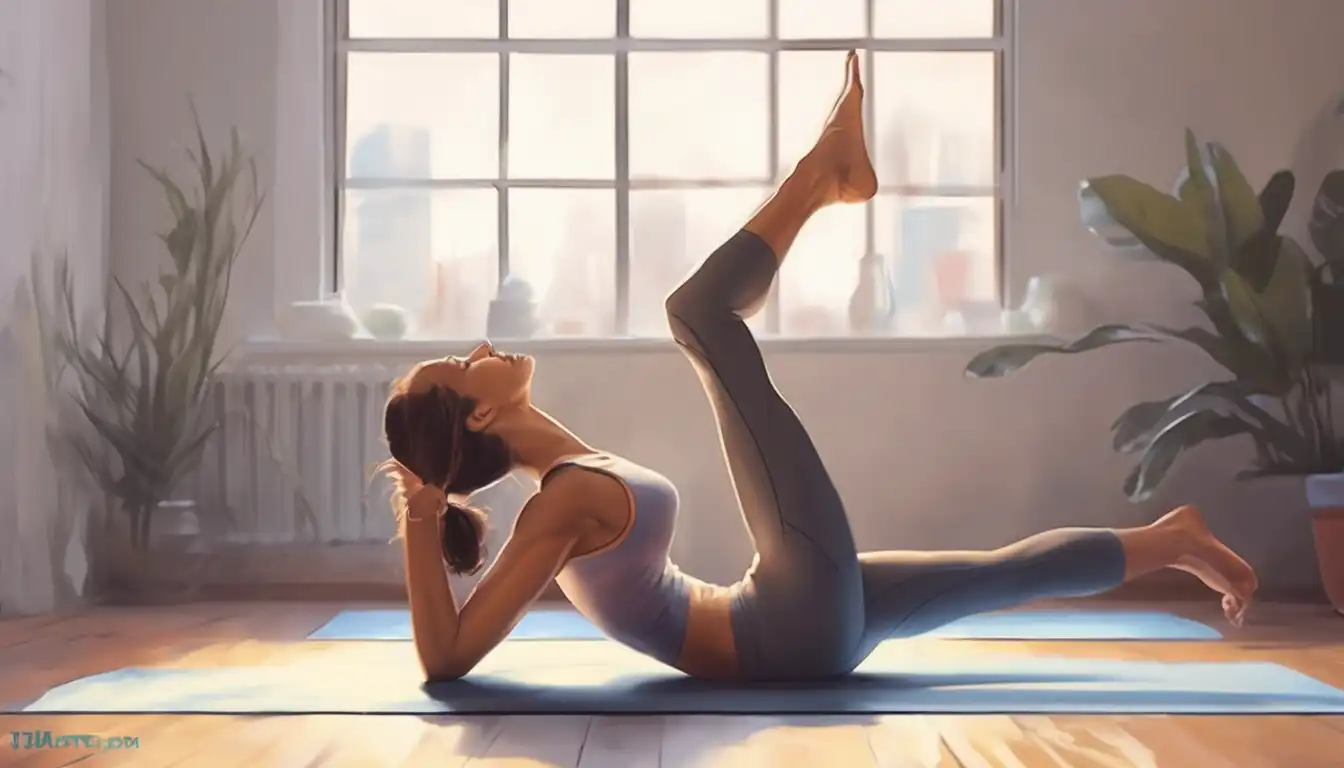Unlock Your Body's Potential: Essential Stretches for Flexibility and Relaxation
In today's fast-paced world, maintaining flexibility and finding moments of relaxation are more important than ever. Whether you're an athlete looking to improve performance or someone seeking relief from daily stress, incorporating the right stretches into your routine can transform your physical and mental well-being. This comprehensive guide covers the most effective stretches that target major muscle groups while promoting deep relaxation.
Why Flexibility Matters for Overall Health
Flexibility isn't just for gymnasts and dancers—it's a crucial component of everyday health. Improved flexibility enhances joint mobility, reduces injury risk, alleviates muscle tension, and promotes better posture. When combined with relaxation techniques, stretching becomes a powerful tool for stress reduction and mental clarity. Regular stretching can also improve circulation, helping your body recover faster from physical activity.
Pre-Stretching Preparation: Setting the Foundation
Before diving into specific stretches, proper preparation is essential. Always warm up with 5-10 minutes of light cardio to increase blood flow to your muscles. This could include brisk walking, gentle jogging, or cycling. Ensure you're in a comfortable environment with enough space to move freely. Focus on deep, rhythmic breathing throughout your stretching session to enhance relaxation benefits.
Upper Body Stretches for Tension Relief
Neck and Shoulder Release
This stretch targets the trapezius and levator scapulae muscles, which commonly hold tension from stress and poor posture. Sit or stand tall, gently tilt your head to the right, bringing your ear toward your shoulder. Hold for 20-30 seconds, then repeat on the left side. For deeper relaxation, combine this stretch with our breathing techniques for stress relief.
Chest Opener Stretch
Perfect for counteracting the forward hunch many develop from desk work, this stretch improves posture and opens the chest. Stand in a doorway with elbows bent at 90 degrees, forearms against the door frame. Step forward gently until you feel a stretch across your chest. Hold for 30 seconds while maintaining deep breaths.
Core and Back Flexibility Exercises
Cat-Cow Stretch
This dynamic stretch increases spinal flexibility while promoting relaxation through rhythmic movement. Start on hands and knees, inhale as you drop your belly and look up (cow position), then exhale as you round your spine and tuck your chin (cat position). Flow between these positions for 1-2 minutes, synchronizing movement with breath.
Child's Pose
A restorative stretch that targets the back, hips, and shoulders while inducing deep relaxation. Kneel on the floor, sit back on your heels, and fold forward until your forehead rests on the ground. Extend arms forward or rest them alongside your body. Hold for 1-2 minutes, focusing on releasing tension with each exhale.
Lower Body Flexibility Boosters
Hamstring Stretch
Tight hamstrings can contribute to back pain and limited mobility. Sit on the floor with one leg extended and the other bent with foot against inner thigh. Hinge forward from hips until you feel a gentle stretch along the back of your extended leg. Hold for 30 seconds per side, avoiding bouncing movements.
Hip Flexor Lunge
This stretch addresses tight hip flexors from prolonged sitting. Kneel on one knee with the other foot forward, creating a 90-degree angle with both knees. Gently push hips forward until you feel a stretch in the front of the hip. Hold for 30 seconds per side, keeping your torso upright.
Butterfly Stretch
Excellent for hip mobility and groin flexibility, this stretch also promotes relaxation when combined with deep breathing. Sit with soles of feet together, knees falling outward. Gently press knees toward the floor while keeping your back straight. Hold for 1-2 minutes, breathing deeply into the stretch.
Full-Body Relaxation Sequences
Standing Forward Fold
This inversion stretch releases tension throughout the entire posterior chain while calming the nervous system. Stand with feet hip-width apart, hinge at hips and fold forward, allowing head and arms to hang heavy. Bend knees slightly if needed. Hold for 1 minute, focusing on complete surrender to gravity.
Supine Twist
A gentle spinal twist that promotes flexibility while inducing deep relaxation. Lie on your back, hug one knee to chest, then guide it across your body while keeping both shoulders grounded. Turn your head opposite the knee. Hold for 30 seconds per side, breathing into any areas of tension.
Creating Your Optimal Stretching Routine
Consistency is key when working toward improved flexibility and relaxation. Aim for 10-15 minutes of stretching daily, or incorporate longer sessions 3-4 times weekly. Morning stretches can energize you for the day, while evening routines promote better sleep. Remember to listen to your body—stretching should feel satisfying, not painful.
Progression and Safety Tips
Start with easier variations and gradually increase intensity as your flexibility improves. Use props like yoga blocks or straps to modify stretches as needed. Avoid comparing your flexibility to others—every body is unique. If you have existing injuries or medical conditions, consult with a healthcare professional before beginning any new stretching regimen. For more advanced techniques, explore our yoga for flexibility guide.
Enhancing Relaxation Through Mindful Stretching
Transform your stretching practice into a meditation by incorporating mindfulness techniques. Focus on the sensation of each stretch, observe your breath, and release distracting thoughts. Combine stretching with aromatherapy or calming music to create a spa-like experience at home. This mindful approach amplifies both flexibility gains and relaxation benefits.
Breathing Techniques for Deeper Stretches
Proper breathing enhances stretch effectiveness and promotes relaxation. Practice diaphragmatic breathing—inhale deeply through your nose, expanding your belly, then exhale fully through your mouth. During stretches, exhale as you deepen the movement. This oxygenates muscles and activates the parasympathetic nervous system, triggering relaxation responses.
Incorporating these stretches into your daily routine can significantly improve your flexibility while providing much-needed relaxation. Remember that progress takes time—celebrate small improvements and enjoy the journey toward a more flexible, relaxed body and mind. For additional wellness resources, check out our holistic health approaches that complement your stretching practice.
